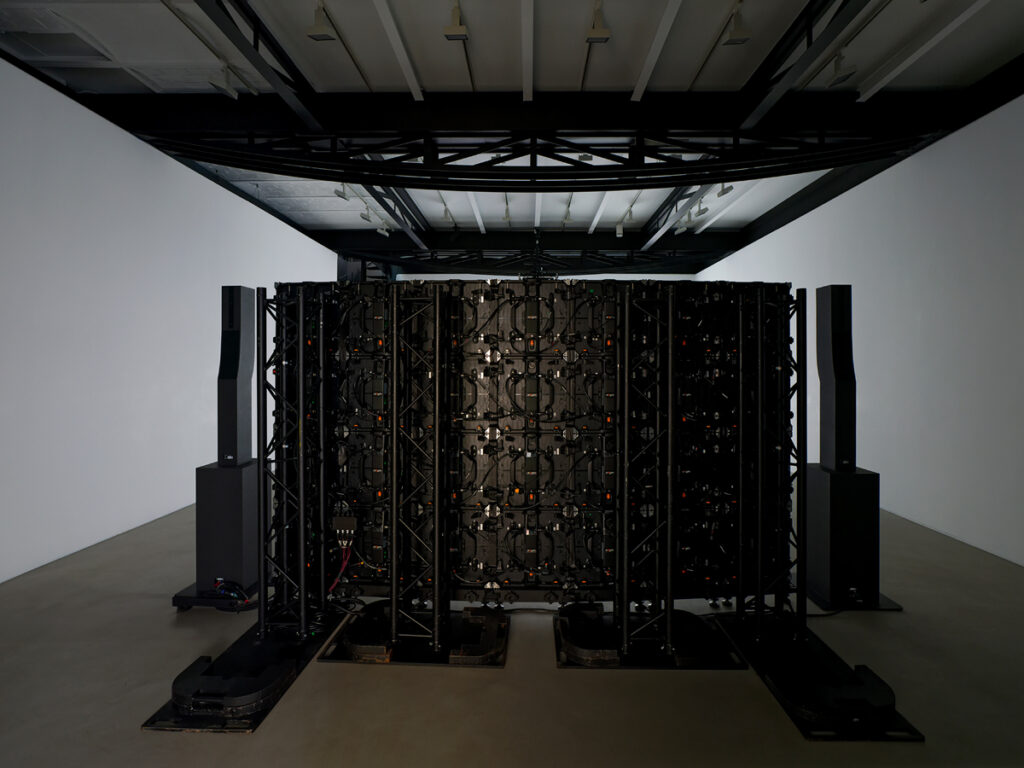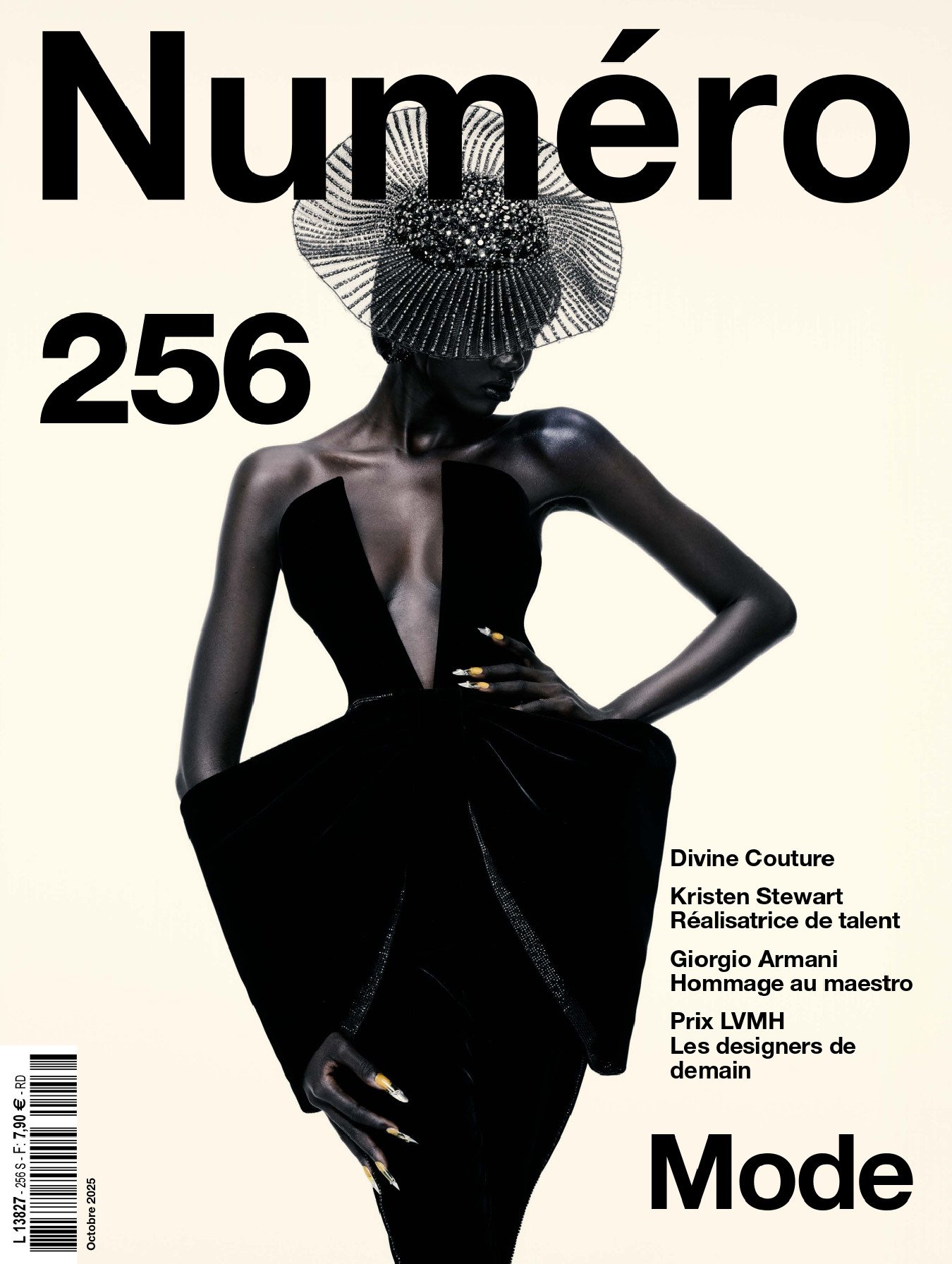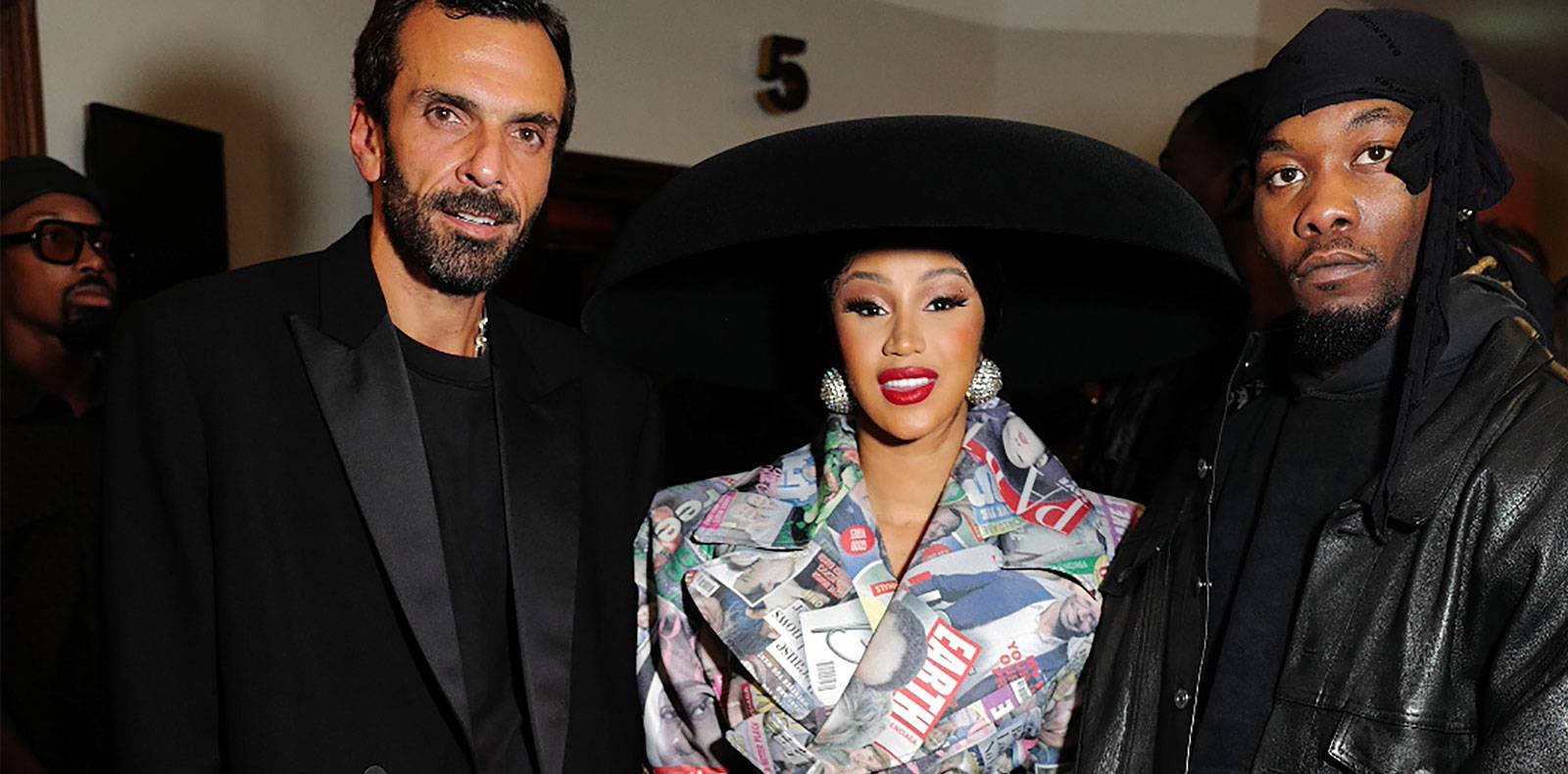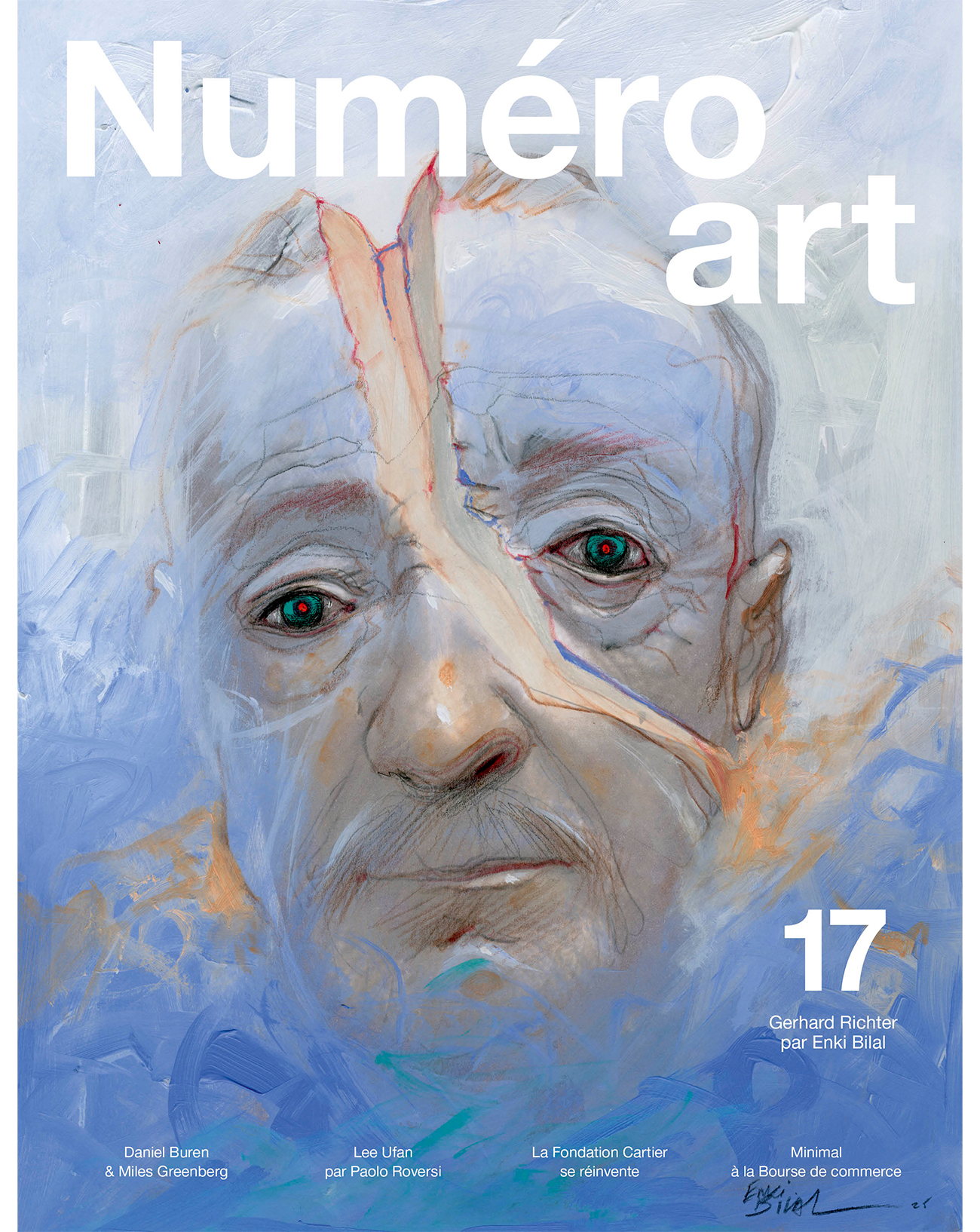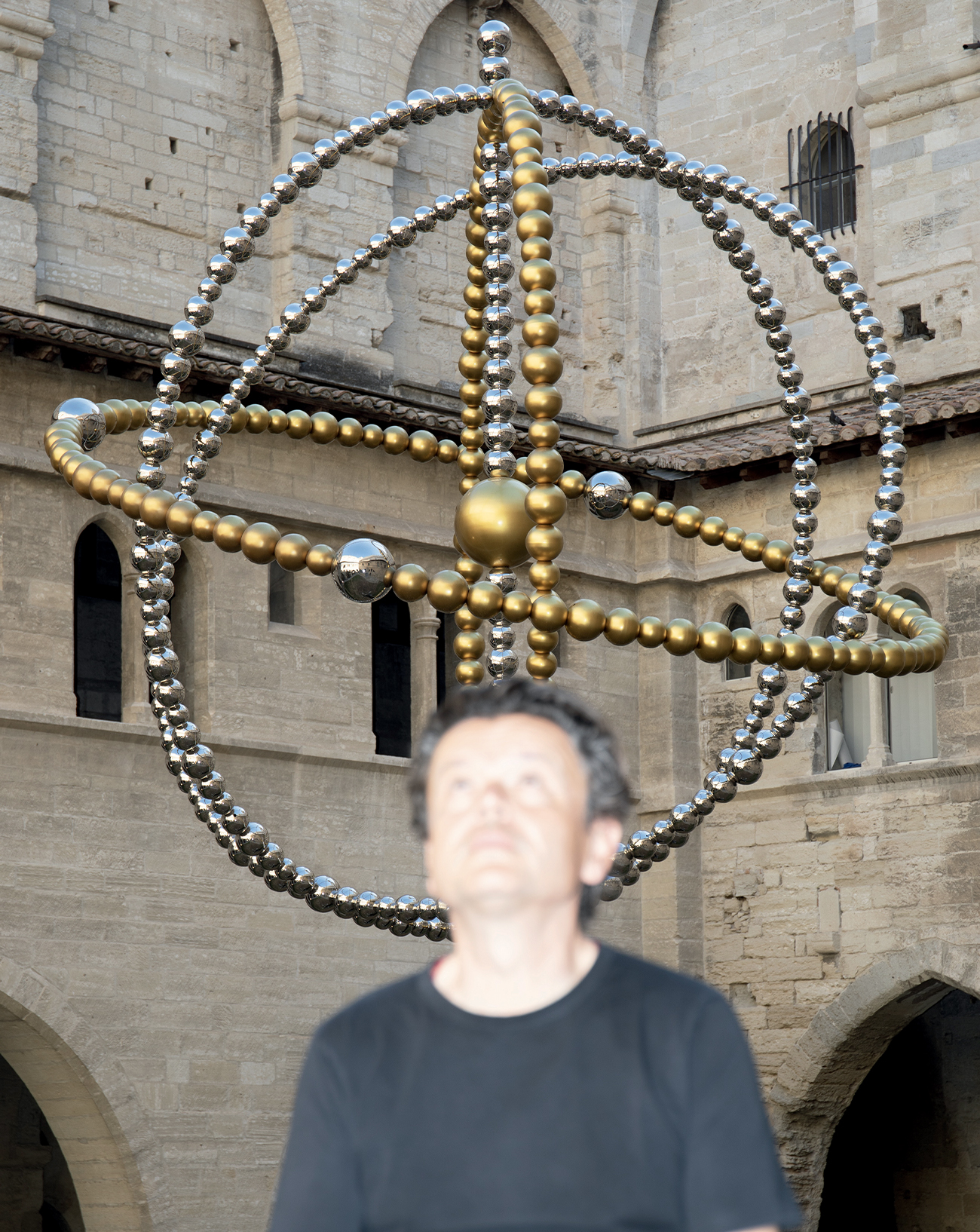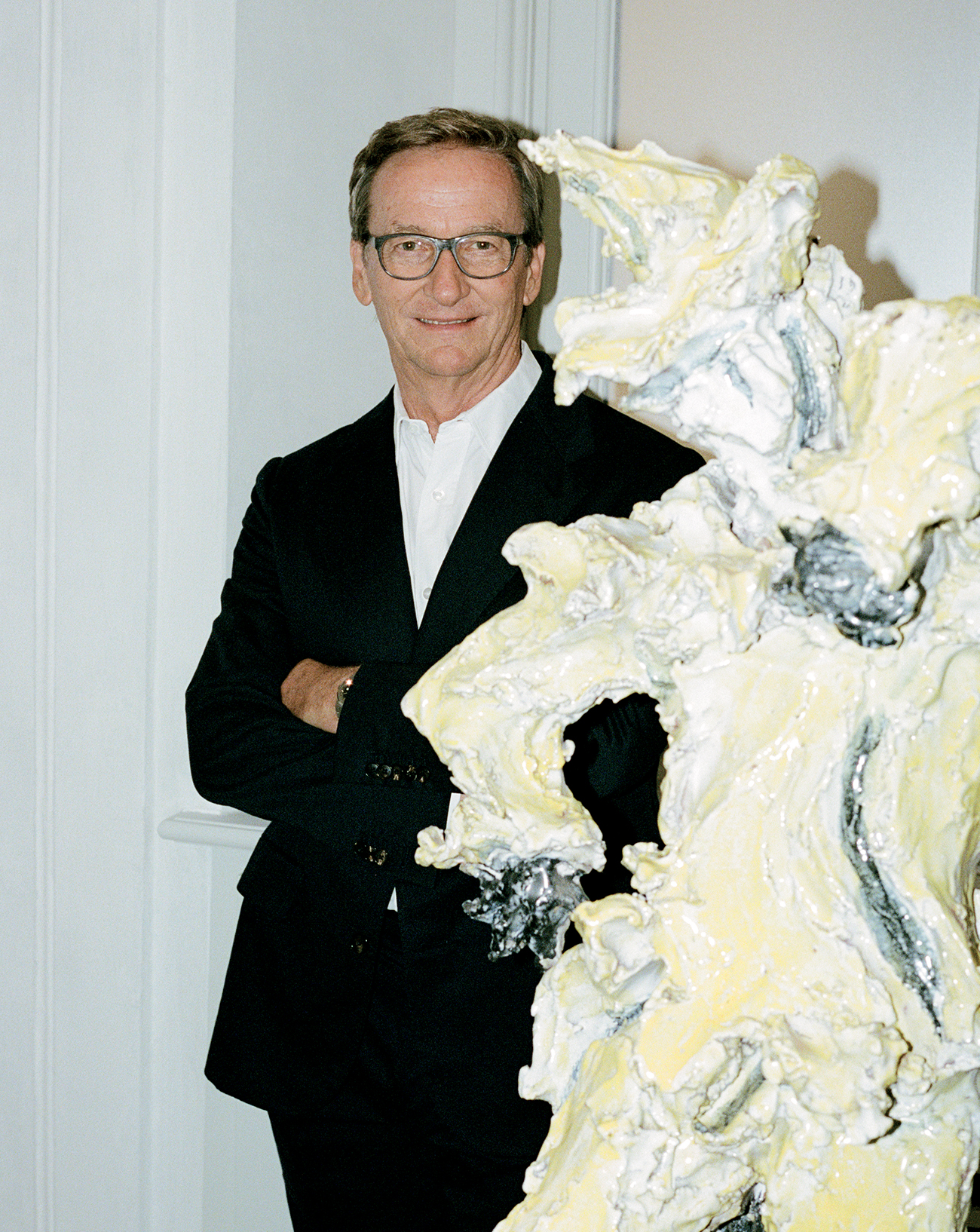
2
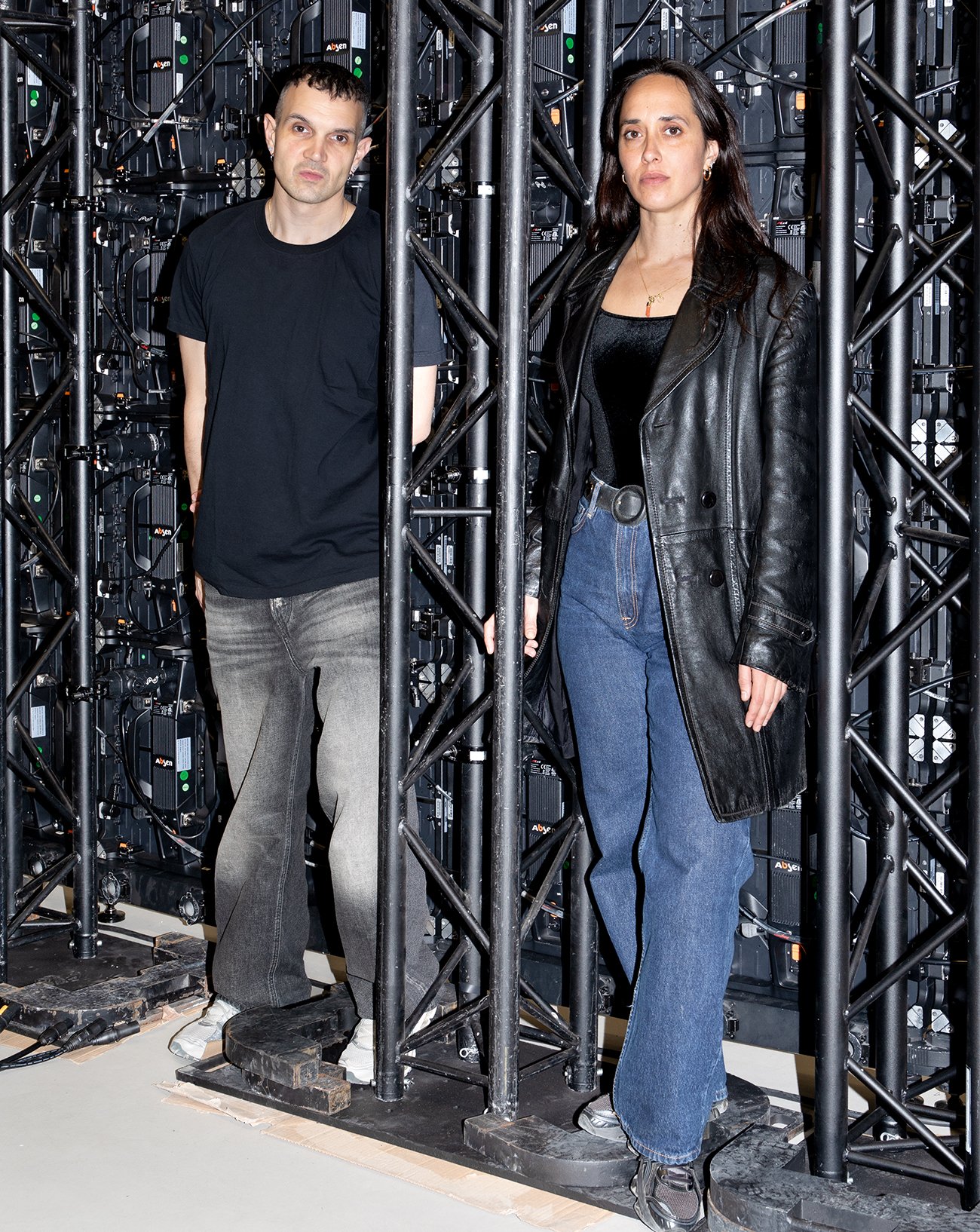
2
Caroline Poggi and Jonathan Vinel, the filmmakers of the impure at the Reiffers Art Initiatives
The “impure” cinema of Caroline Poggi and Jonathan Vinel defies any classification or tonal consistency: 3D animation blends with live action, absurdity meets extreme violence, cynicism intertwines with naivety. Two previously unseen films by the duo are on view until May 10 as part of 1000 milliards d’images, the Reiffers Art Initiatives Prize exhibition in Paris.
Portrait by Jonathan Llense,
Interview by Thibaut Wychowanok.
Published on 2 May 2025. Updated on 30 July 2025.

Interview with artists Caroline Poggi and Jonathan Vinel, on display at Reiffers Art Initiatives
Numéro art: As part of the 1000 milliards d’images exhibition at Reiffers Art Initiatives, you’re presenting two films: La fille qui explose and Comment ça va? What are they about? Caroline Poggi: They deal with a certain generational anger. La fille qui explose follows Candice, a young girl who literally explodes every day. It’s a kind of diary that shares her thoughts, her discomfort, her loneliness, and her sadness. She’s searching for a way to ease her pain. Comment ça va? takes us into a secluded space where a group of women try to heal their wounds through reading and conversation, like a group therapy session. Both films are a way for us to put words to the intense emotions we’ve felt over the past few years and to give them a form.
Jonathan Vinel: We both come from cinema. We move between cinema and contemporary art, and our way of writing is very hybrid. This shows in our editing, our mix of live action and 3D, and our references to video games.

Caroline Poggi and Jonathan Vinel, Comment ça va? (2025). 31 min. Produced by 444 Films. View of the exhibition “1000 milliards d’images” at Reiffers Art Initiatives, Paris. Photo: Aurélien Mole.
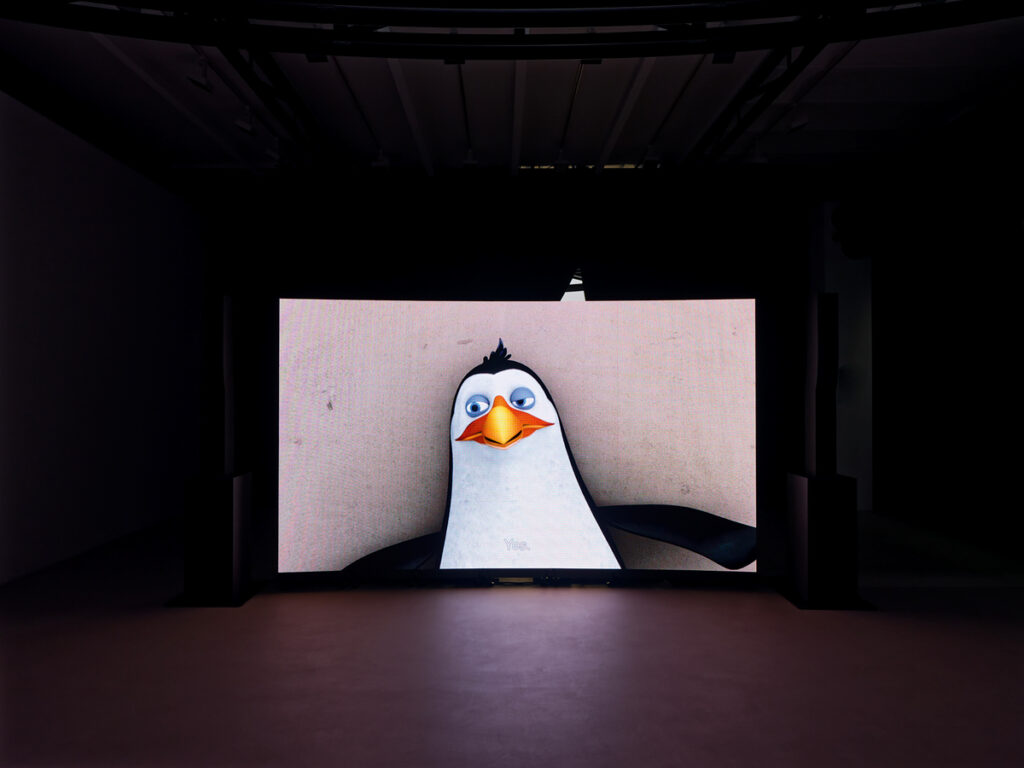
Caroline Poggi and Jonathan Vinel, Comment ça va? (2025). 31 min. Produced by 444 Films. View of the exhibition “1000 milliards d’images” at Reiffers Art Initiatives, Paris. Photo: Aurélien Mole.
These films sit at the crossroads of both worlds. La fille qui explose is done in 3D animation but references genre cinema—like body horror—as well as video games. Comment ça va? combines live action and 3D animation. How does this hybridity, this deliberately “impure” cinema, define your work? Jonathan Vinel: We’re questioning what cinema could be today: for us, it must use all the tools of our time. We come from traditional cinema and love framing, lenses, mise en scène, but we put all current tools at its service, including video game engines, for example.
Comment ça va? recalls the film Madagascar… Caroline Poggi: These characters are so ubiquitous that they become empty shells we can fill with thoughts. Similarly, in La fille qui explose, the protagonist’s body looks like a mashup of different avatars, which we then blow up to recreate a form of hybridity. To me, it’s a dialogue with today’s world.
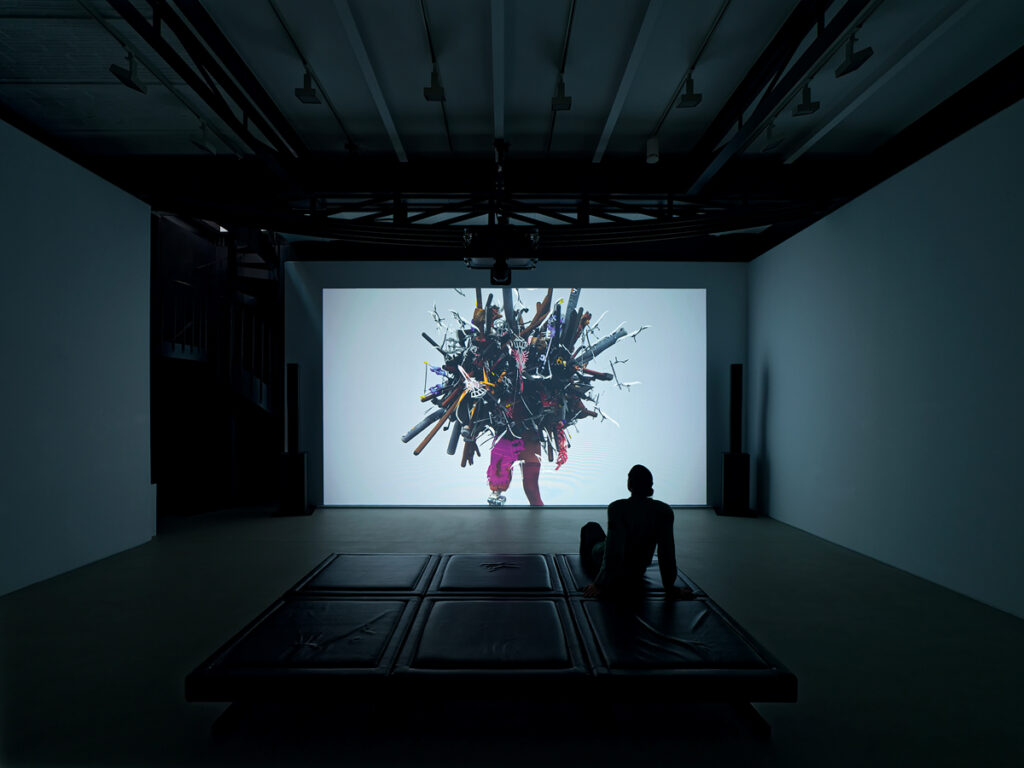
Caroline Poggi and Jonathan Vinel, La fille qui explose (2024). 18 min. Produced by Atlas V. View of the exhibition “1000 milliards d’images” at Reiffers Art Initiatives, Paris. Photo: Aurélien Mole.
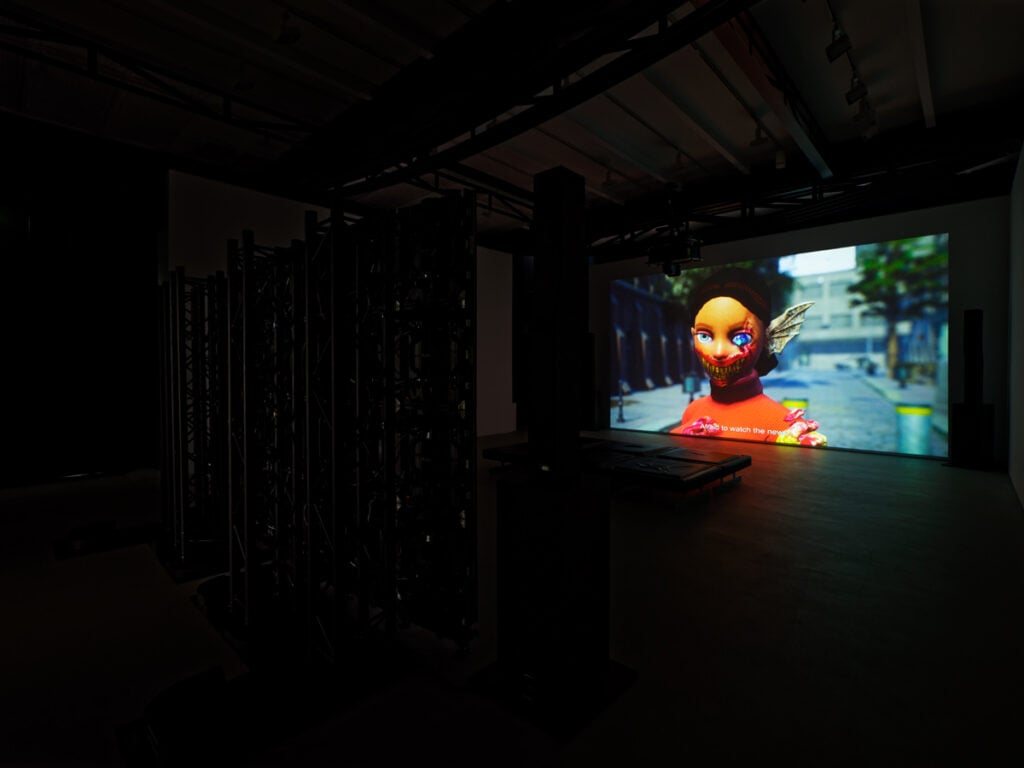
Caroline Poggi and Jonathan Vinel, La fille qui explose (2024). 18 min. Produced by Atlas V. View of the exhibition “1000 milliards d’images” at Reiffers Art Initiatives, Paris. Photo: Aurélien Mole.
This hybridity is also present in the tonal shifts of your films: moments of great innocence follow moments of violence; cynicism coexists with humor… Jonathan Vinel: This mix mirrors what we see online and on social media: a war video follows a funny one, and so on. This emotional whiplash makes it hard to know how to react to the constant stream of images. That’s what defines our characters: they’re extremely lost, looking for an anchor amidst overwhelming feelings. We try to shape our films to match their emotional state.
Caroline Poggi and Jonathan Vinel’s films are on view until May 10th, 2025, in the 1000 milliards d’images exhibition at Reiffers Art Initiatives, Paris 17th.
